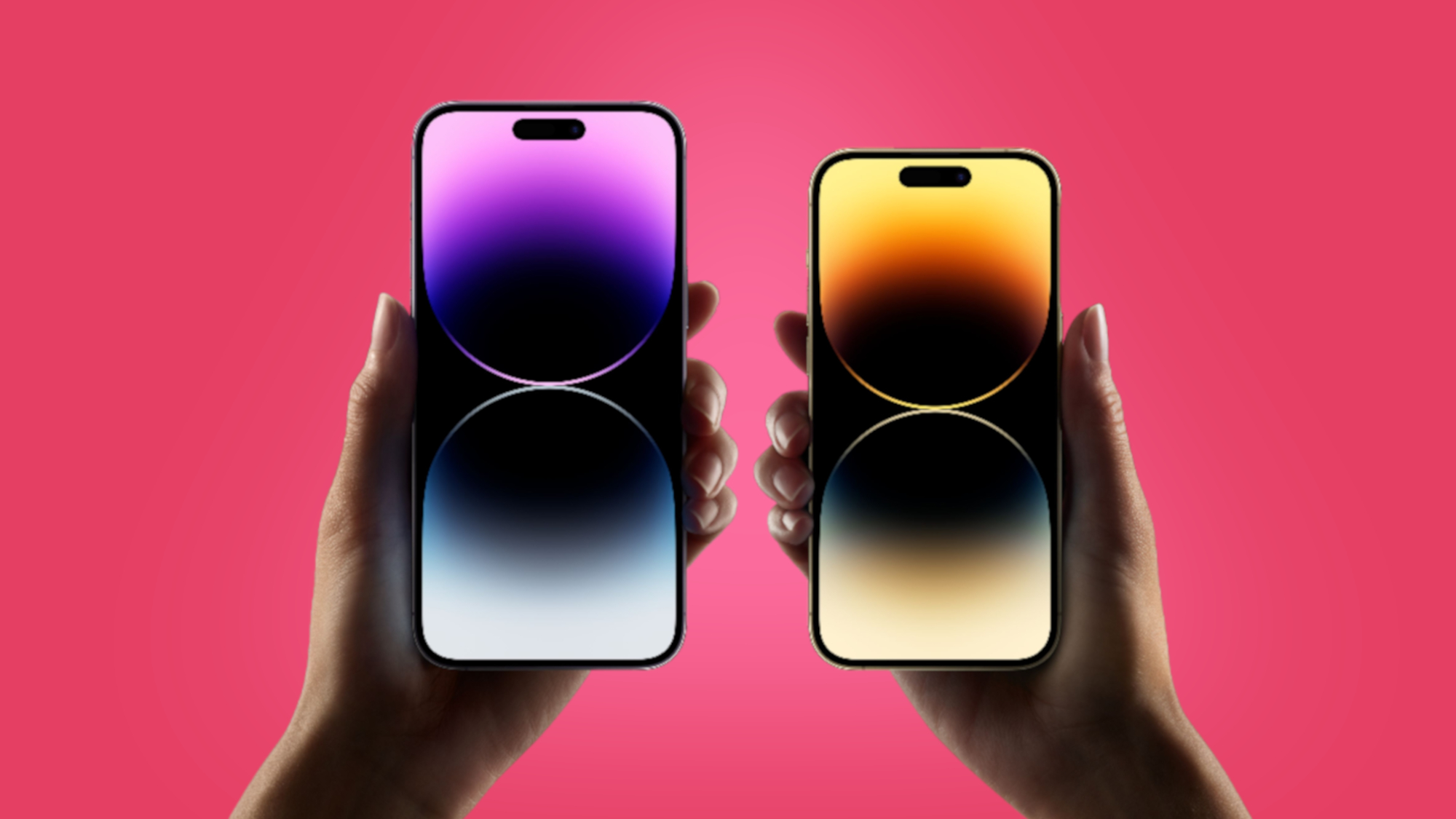
We recently published an article highlighting three reasons not to buy the iPhone 15 if you already own one of the best iPhones, but what about the case in favor of upgrading your existing iPhone in 2023?
We’ll level with you: based on everything we’ve heard so far, the iPhone 15 and its siblings won’t be must-have devices if you’re already rolling with, say, an iPhone 14 Pro or iPhone 13 Pro in your pocket (there’s a reason we published that aforementioned piece, after all).
However, if you’re someone who’s perennially tempted by Apple’s annual iPhone offerings, then the iPhone 15, iPhone 15 Plus, iPhone 15 Pro, and iPhone 15 Pro Max will, of course, all bring a host of worthwhile upgrades to the smartphone table, and in this article, we detail three of the biggest.
1. USB-C charging port leads design refresh
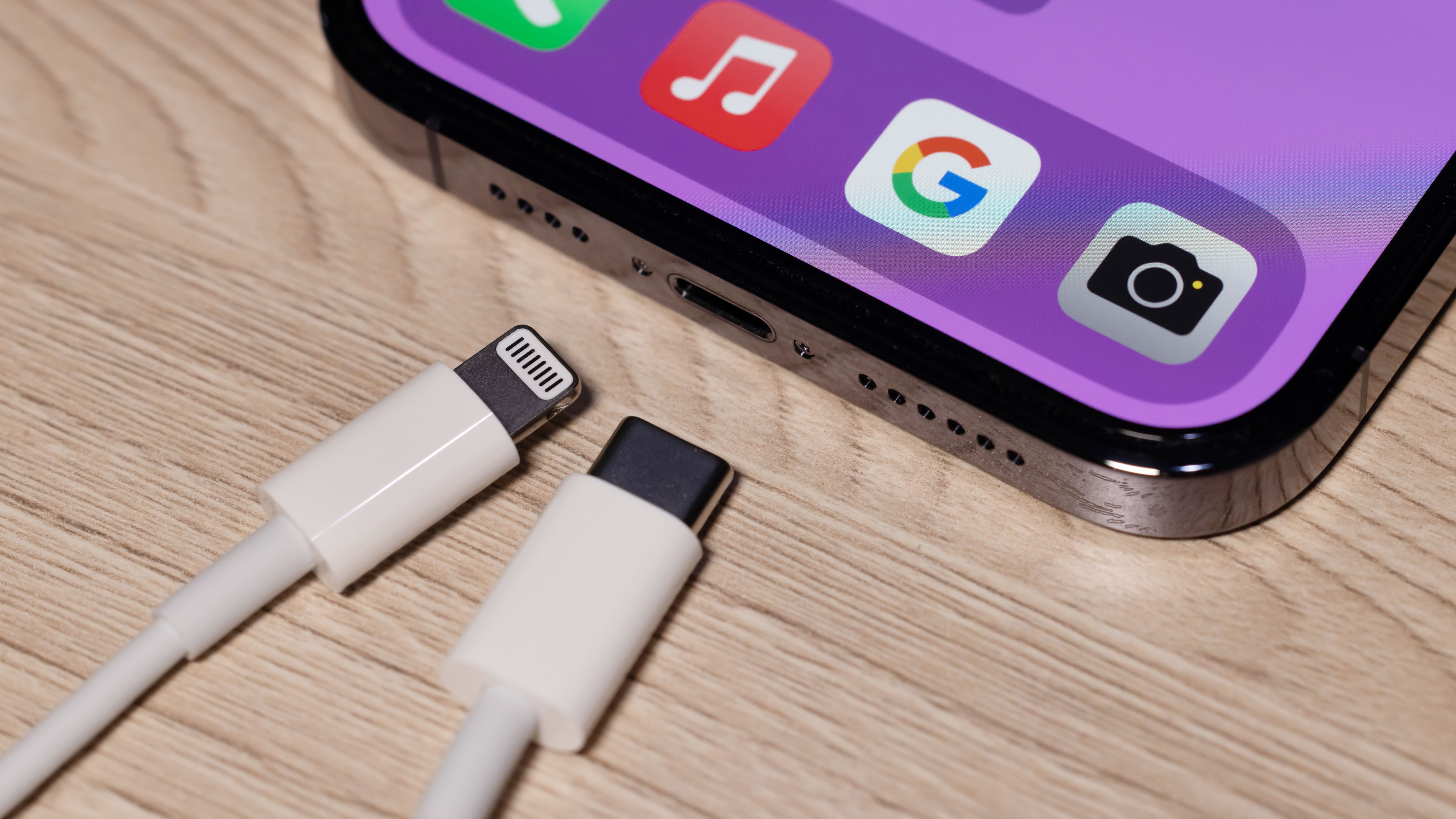
The EU has told Apple that it must add USB-C ports to all iPhones sold in Europe from 2024, but all signs point towards the company adopting this new charging standard a year early – and across the globe – with the iPhone 15 line.
As well as allowing for more cross-charger compatibility – in 2023, every new phone and laptop features USB-C charging – Apple’s adoption of the USB-C standard will bring tangible improvements to data transfer speed and security on its newest iPhones. For instance, the iPhone 15 Pro will reportedly offer data transfer speeds of either 20Gbps or 40Gbps, marking a hefty improvement over the 480Mbps maximum transfer rate of the current best iPhones.
But the addition of a USB-C port in place of Apple’s traditional Lightning port – which has remained a fixture of every iPhone since the iPhone 5 – isn’t the only design change heading to this year’s iPhones.
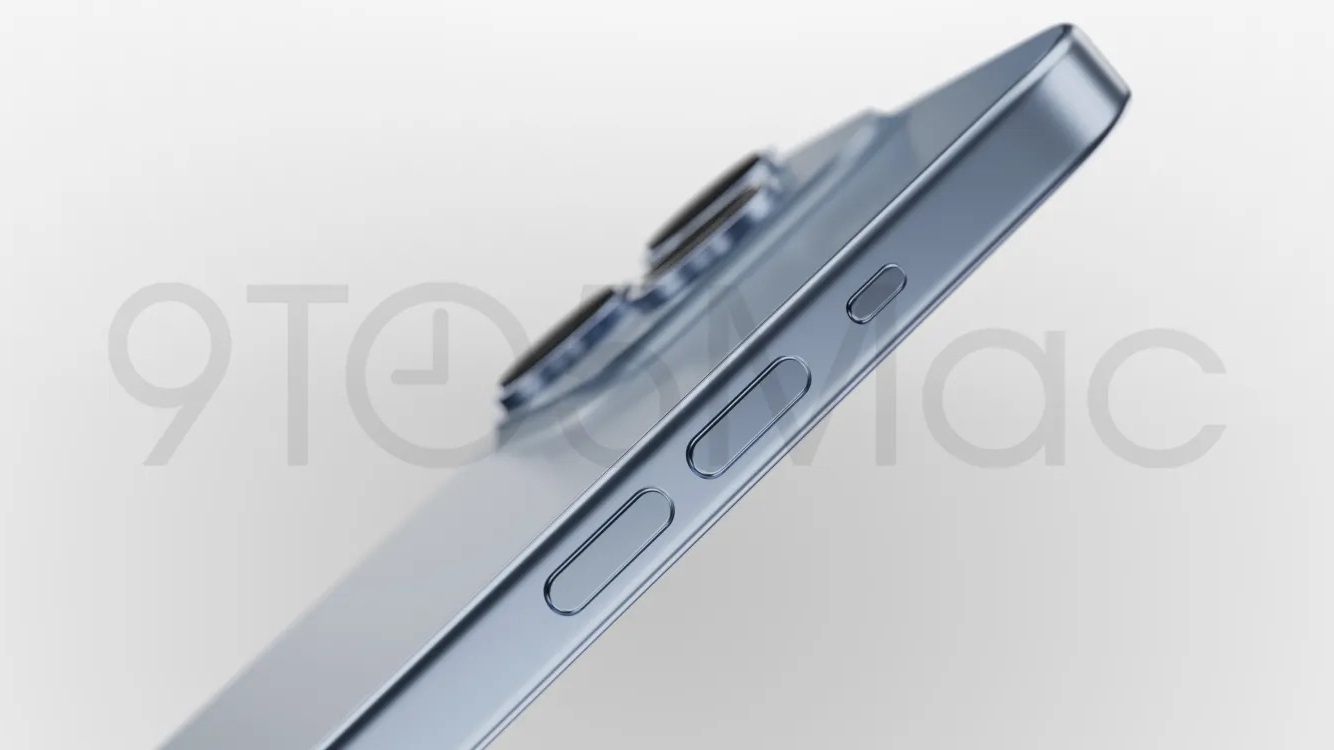
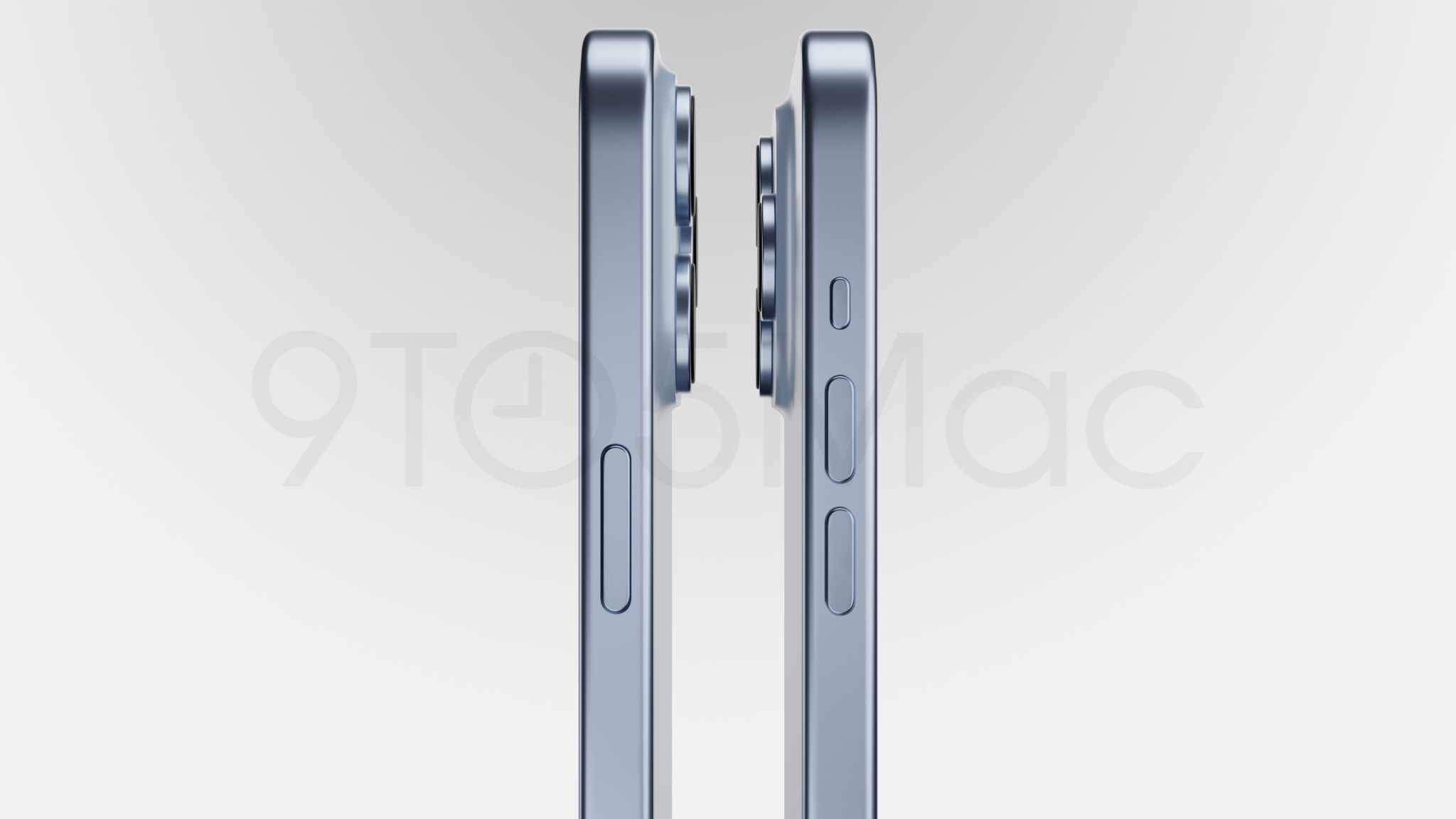
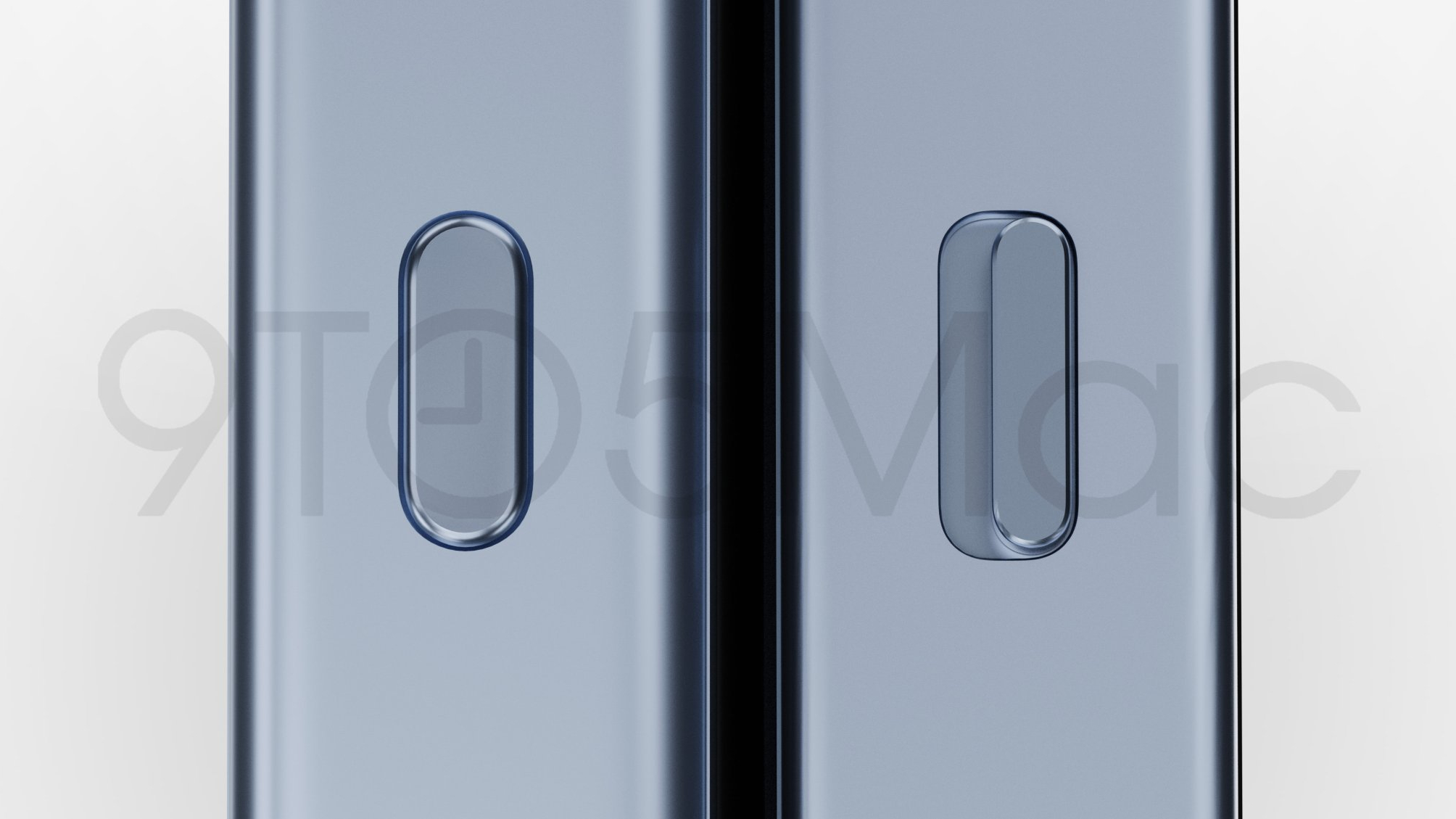
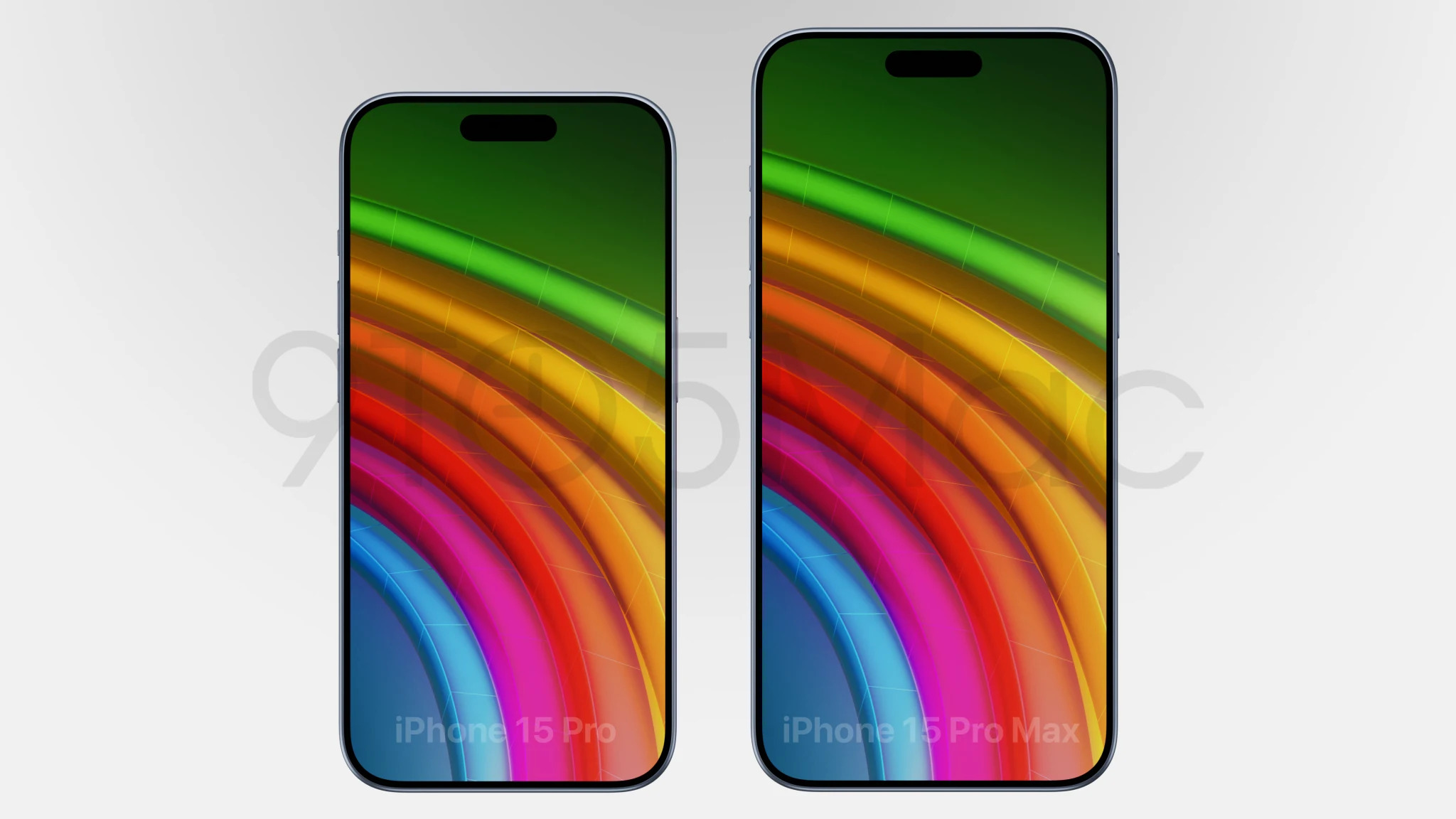
All four iPhone 15 models are rumored to get iPhone 11-style curved edges, while the iPhone 15 Pro and iPhone 15 Pro Max, specifically, are reportedly in line for titanium sides, which will make them lighter and more durable than their predecessors. The latter two phones could get display bezels that measure just 1.5mm thick, too, as well as an all-new, multi-function Action button.
In other words, if you own an iPhone 14 Pro or iPhone 13 Pro, you can expect this year's Pro-grade iPhones to be lighter, stronger, and more practical (from a charging perspective) than the device you’re currently using. Oh, and if you’re an iPhone 13 Pro owner who likes the look of Apple’s Dynamic Island, you’ll be pleased to hear that every iPhone 15 model – including the standard and Plus variants – is rumored to get the feature this year.
2. Better battery life for every model
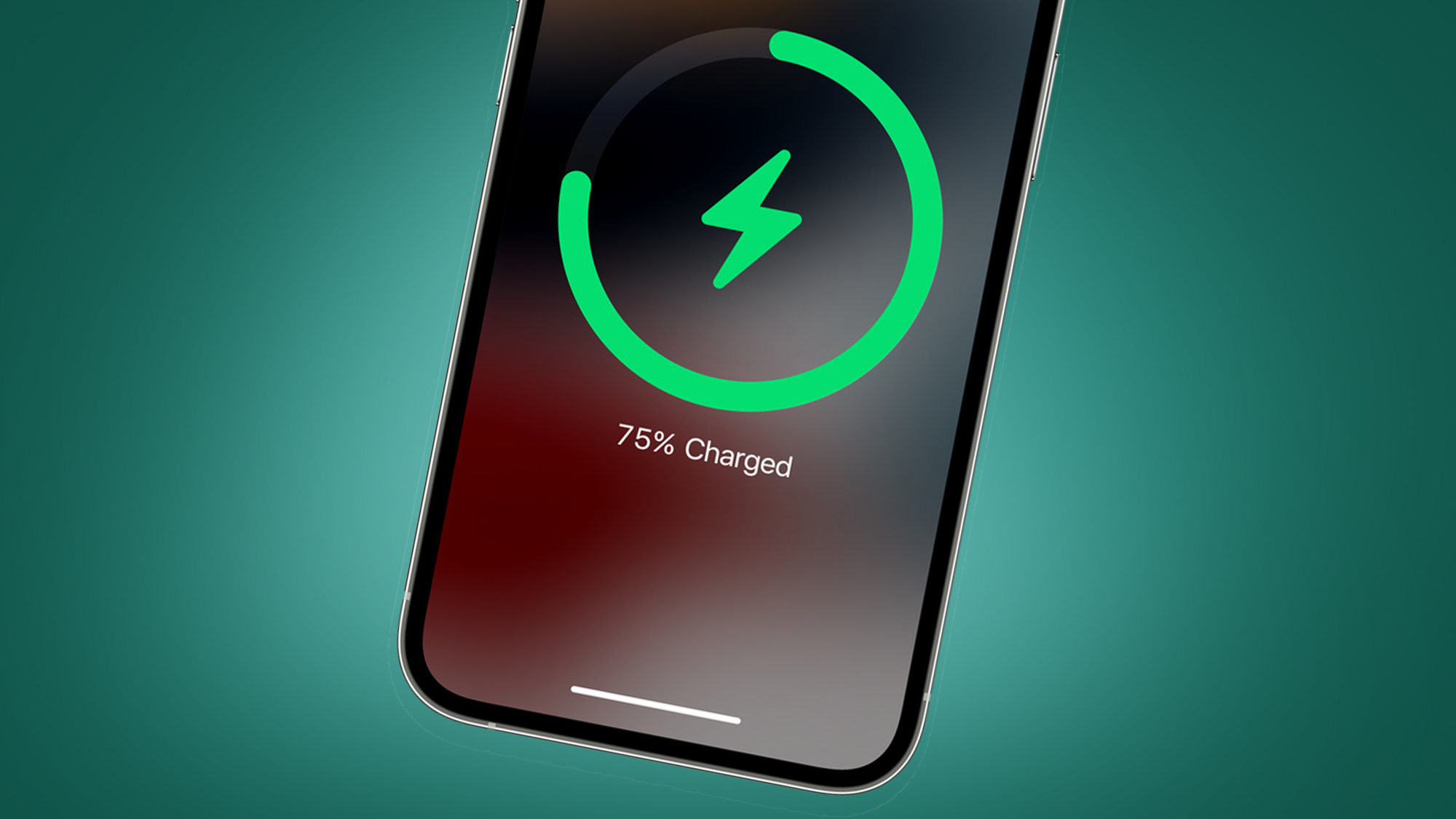
The iPhone 14 Pro, iPhone 13 Pro, and their respective Max siblings offer pretty good battery life considering the brightness of their displays – you’ll get just over a full day of use from all four devices – but rumors suggest that the entire iPhone 15 lineup will feature significantly larger batteries across the board.
Specifically, the iPhone 15 will reportedly pack an 18% larger battery, the iPhone 15 Plus, and iPhone 15 Pro a 14% larger battery, and the iPhone 15 Pro Max a 12% larger battery. In theory, then, these capacity improvements should translate to longer battery life for every model.
If you’re interested in the actual numbers, we’ve detailed the rumored battery capacities of each iPhone 15 model below:
- iPhone 15: 3,877mAh (vs 3,279mAh on iPhone 14)
- iPhone 15 Plus: 4,912mAh (vs 4,325mAh on iPhone 14 Plus)
- iPhone 15 Pro: 3,650mAh (vs 3,200mAh on iPhone 14 Pro)
- iPhone 15 Pro Max: 4,852mAh (vs 4,323mAh on iPhone 14 Pro Max)
The chip upgrades heading to each iPhone model should positively compliment these battery size increases, too. The iPhone 15 and iPhone 15 Plus are tipped to inherit the A16 Bionic chip used by the iPhone 14 Pro and iPhone 14 Pro Max – which should bring familiar efficiency improvements – while the iPhone 15 Pro and iPhone 15 Pro Max will almost certainly benefit from an even-more-efficient A17 Bionic chipset. The bottom line: expect better battery life from every iPhone 15 model.
Reports also indicate that Apple's aforementioned move to USB-C on the iPhone 15 line could facilitate up to 35W charging on some iPhone 15 models. At present, the standard iPhone 14 is limited to 20W charging, while the iPhone 14 Pro Max is capped at 27W. The latter takes around two hours to recharge to full capacity, so we'll gratefully accept any improvements on that figure for the iPhone 15 line.
3. Camera upgrades for the iPhone 15 Pro Max
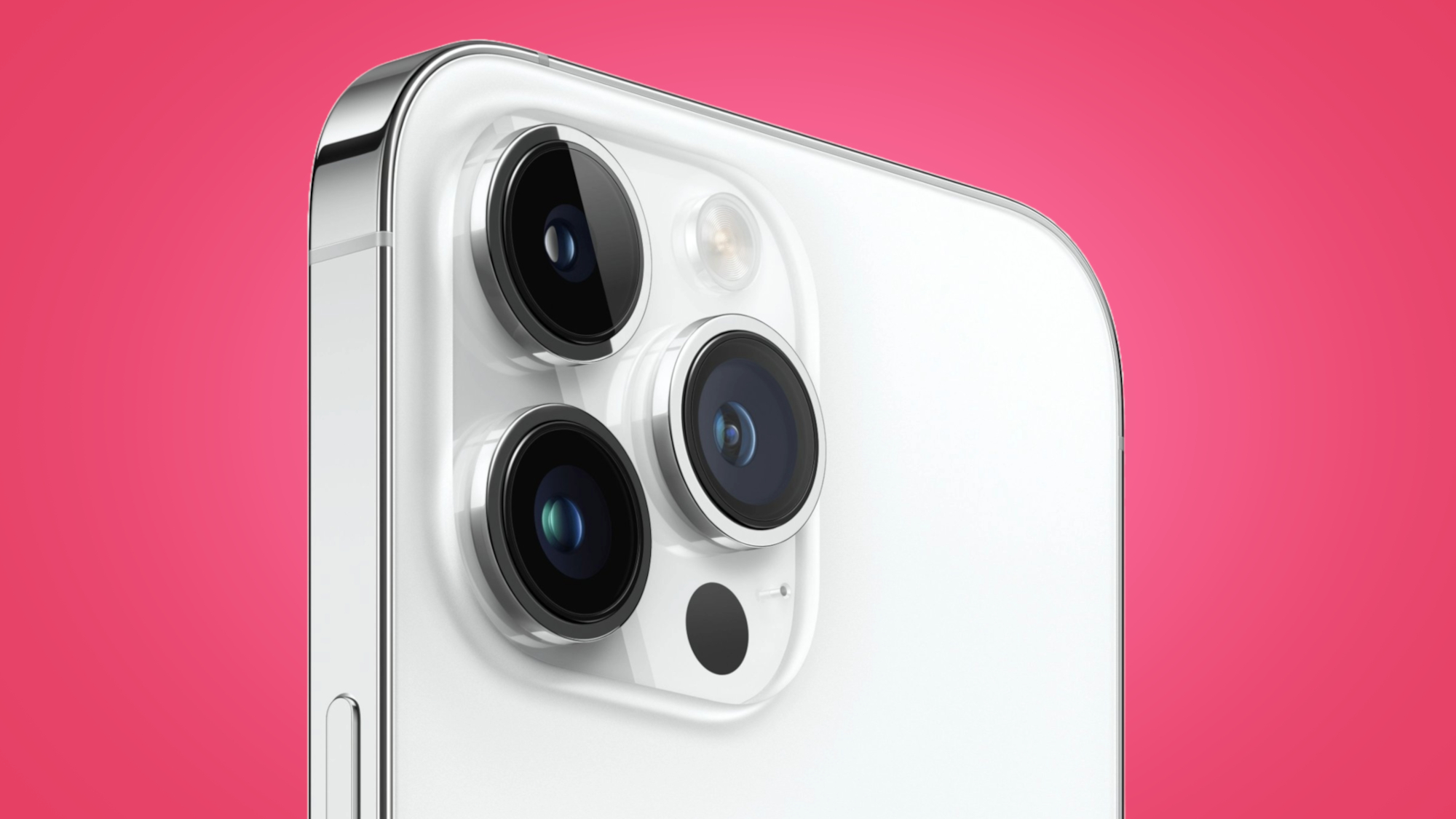
Each year, Apple’s latest iPhones bring customary camera improvements to the table – but in 2023, the worthwhile upgrades seem designed for the iPhone 15 Pro Max, exclusively.
Sure, both the iPhone 15 and iPhone 15 Plus are rumored to get a 48MP main sensor, but the iPhone 14 Pro already has one of these, and an improved Sony sensor – one that captures more light – looks set to be the only real camera upgrade heading to the iPhone 15 Pro. The iPhone 15 Pro Max, however, could be a different beast entirely.
For starters, the iPhone 15 Pro Max could be getting a telephoto camera with a variable zoom lens, of the sort rumored to feature on the Samsung Galaxy S24 Ultra. Variable optical zoom cameras are exceptionally rare among today’s smartphones – the Sony Xperia 1 IV uses one, but it’s only capable of zooming between 3.5x and 5.2x – so the addition of such a sensor on an iPhone would be significant.
The iPhone 15 Pro Max is also rumored to ship with a supersized Sony IMX903 sensor, which – at a whopping 1/1.14 inches – would mark the biggest camera sensor ever used in an iPhone. The iPhone 15 Pro Max is expected to boast more advanced image processing skills than its standard sibling, too, while a dual-lens front-facing camera could likewise be on the cards.
More iPhone 15 stories
- iPhone 15: everything we know so far
- iPhone 15 Plus: everything we know so far
- iPhone 15 Pro: everything we know so far
- iPhone 15 Pro Max: everything we know so far
- iPhone 15 release date rumors: when will Apple’s next iPhones arrive?
- iPhone 15 vs iPhone 14: how will Apple's next vanilla model stack up?
- iPhone 15 Pro vs iPhone 14 Pro: the rumored key differences







